Yates Account
Join now
Create a Yates account today!
Sign up to join the Yates Garden Club for monthly e-mails packed with seasonal inspiration, tips for success & exclusive promotions.
Plus if you’re a Garden Club member you can take part in the Yates Growing Community - a blog to share successes, get advice & win prizes in fun challenges along the way!

Forgot password
Enter the email address associated with your account, and we'll email you a new password.

How to grow pumpkin in a garden
- Choose a sunny spot with well drained soil. Ensure it is at least 1sqm to give the vines room to spread. Enrich the soil with Yates Thrive Natural Blood & Bone with Seaweed.
- Form small mounds of soil and space 1m apart. Sow 3-4 seeds into each mound and water well.
- As seedlings grow, thin to the two strongest plants in each mound. Feed weekly with Yates Thrive Natural Fish Seaweed+ Plant Food Concentrate.
- Water when the soil is dry, particularly in hot or windy weather. Mulch with organic mulch like pea or lucerne straw to help retain soil moisture.
- Pinch out ends of rambling stems to help contain growth.
- Harvest as the vine dies off and the stalk turns brown.
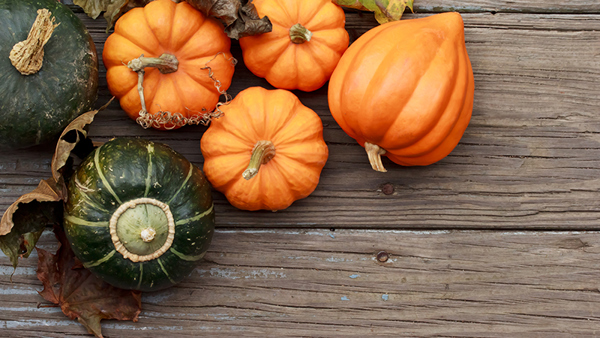
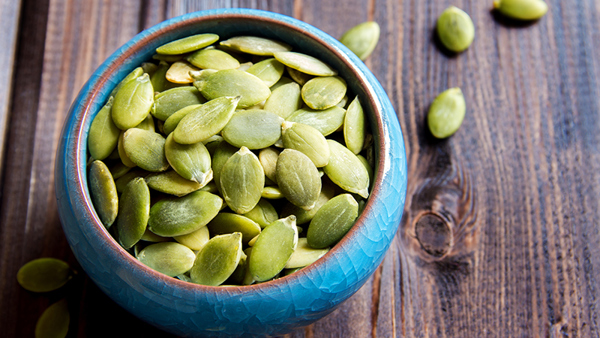
Growing tips
Like most fruiting plants, pumpkins require pollination to help fruit set. Bees help with this, so it’s important to encourage them to your garden by planting a variety of flowering plants, including salvias and lavender.
Hand pollination can be used to help improve fruit set. To hand pollinate, pick male flowers (sitting above a fairly thin erect stem), remove petals and gently brush over the centre of the female flowers (flowers sitting above a tiny swollen base). Do this early in the morning as the short-lived flowers can close by mid-morning.
Poor fruit set can also be caused by heat and/or water stress, particularly when young. Ensure plants are well-watered, especially in hot and dry conditions.
After harvesting, if you don’t plan on using your pumpkin straight away, let it sit in the sun for about a week and then store in a cool, dry and dark place. This can keep for 10 months or longer (provided the skin is unbroken).
Don’t plant pumpkins in the same spot for up to two years – this includes other members of the cucurbit family (zucchini, cucumbers, melons and squash). This helps decrease the risk of soil borne diseases.



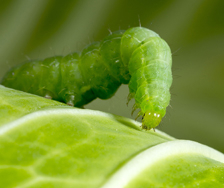
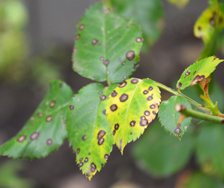
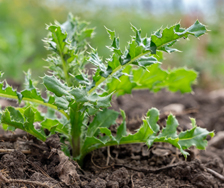
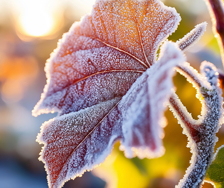
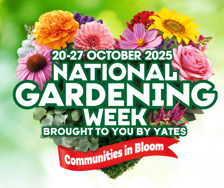






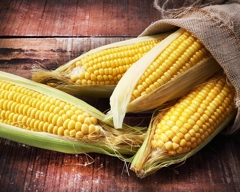
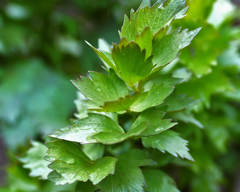
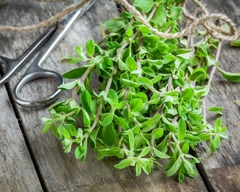






Share
Share this article on social media